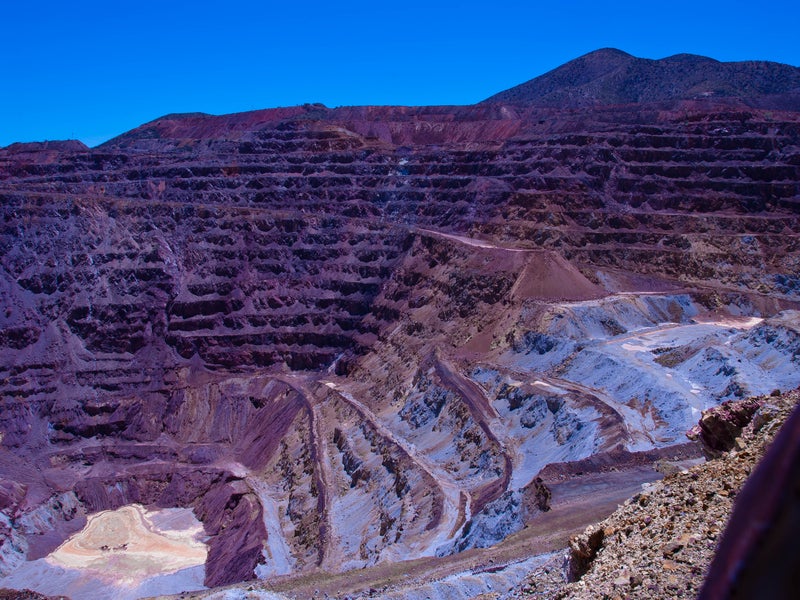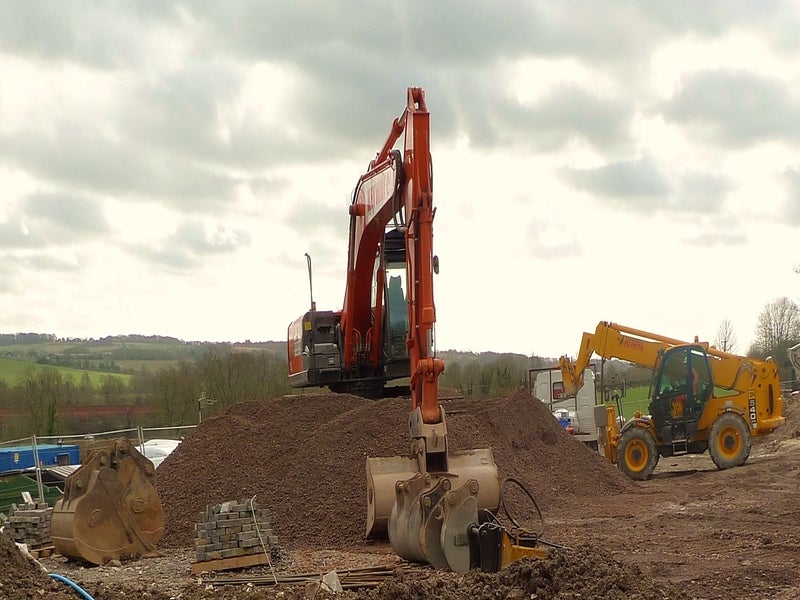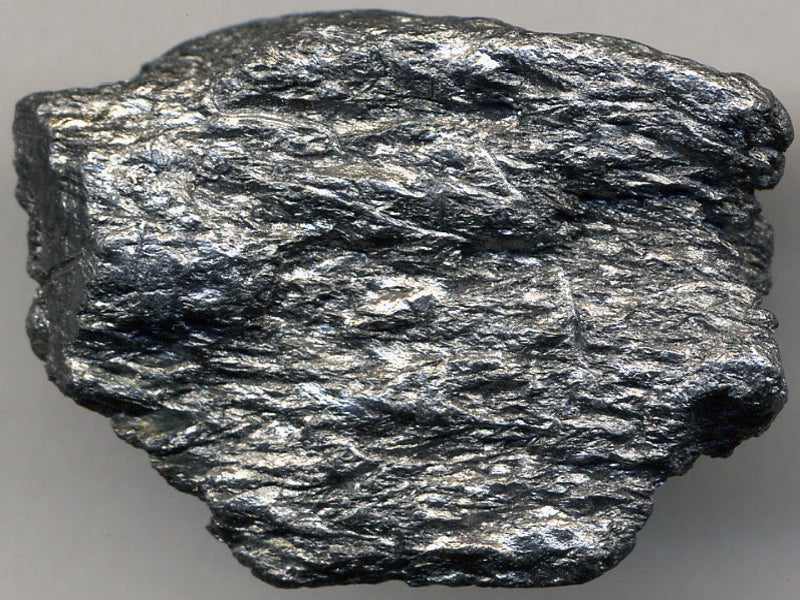The Balama Central is an open-pit graphite mining project being developed by Australia-based Battery Minerals in the Cabo Delgado province of Mozambique.
Tirupati Graphite, a graphite producer based in the UK, agreed to acquire Battery Minerals’ Mozambique graphite assets in August 2021. The agreement includes the purchase of Balama Central as well as the Montepuez graphite project.
While the mining concession application was submitted to the Government of Mozambique in June 2019, the Balama Central graphite project was granted a mining license in November 2021.
The feasibility study (FS) of the project was completed in December 2018. The project is expected to produce up to 50,000 tonnes per annum (tpa) of graphite concentrate a year, over an estimated mine life of 27 years.
Location, geology and mineralisation
The Balama Central graphite mining project is located approximately 5km south-west of Balama in the Cabe Delgado province in northern Mozambique, approximately 260km west of the Port of Pemba.
The project lies within the Neoproterozoic Xixano metamorphic complex in the Mozambique Belt that comprises a variety of metasupracrustal rocks including mafic igneous rocks and granulites. The Xixano complex hosts graphite-bearing mica schist and gneiss.
The local geology comprises granitic gneiss, schists, quartzite, graphitic schist, sericite and roscoelite.
The Balama Central project mainly comprises Lennox and Byron graphite deposits, which are characterised by simple geology with host lithologies plunging to the north-west. The graphite is formed due to metamorphism of organic carbonaceous matter.
Graphite reserves at Balama Central
The Balama Central graphite project is estimated to hold approximately 19.7 million tonnes (Mt) of ore reserves grading 11.1% total graphitic carbon (TGC) and containing 2.2Mt of graphite.
The total mineral resources of the project are estimated to be 32.9Mt grading 10.2% TGC. It includes 26.6Mt of indicated and 6.3Mt of inferred resources.
Mining and ore processing
Conventional open-pit mining method involving drill, blast, loads and haul operations will be employed to extract the ore.
The run-of-mine (ROM) ore will be trucked to a nearby processing facility to produce graphite concentrate.
The processing plant will houses a primary jaw crusher, a closed-circuit rod mill, a rougher floatation circuit, as well as facilities for concentrate regrinding, cleaning, filtration and drying.
The final graphite concentrate product will be screened and bagged for export.
Infrastructure facilities
Other infrastructure facilities for the project will include a tailings storage facility (TSF), ROM pad and product stockpile areas, apart from on-site roads, power generation, raw water supply, and fuel storage facilities.
Contractors involved in the Mozambican graphite project
Snowden Group was engaged to provide ore reserves estimates, mine design, scheduling and geotechnical services as part of the feasibility study of the Balama Central graphite project.
Lycopodium ADP (LADP) was engaged as the primary consultant to coordinate the feasibility study. It provided graphite product metallurgical assessment, process plant design, and non-process infrastructure facilities, along with capital and operating expenditure estimates for the project.
RPM Global estimated and classified mineral resources, while Mitchell Drilling Contractors Mozambique provided resource drilling services. ALS Geochemistry Australia analysed samples from drilling.
Exigo, an environmental consultancy based in South Africa, was engaged to study the environmental impact assessment of the Balama Central graphite project.





